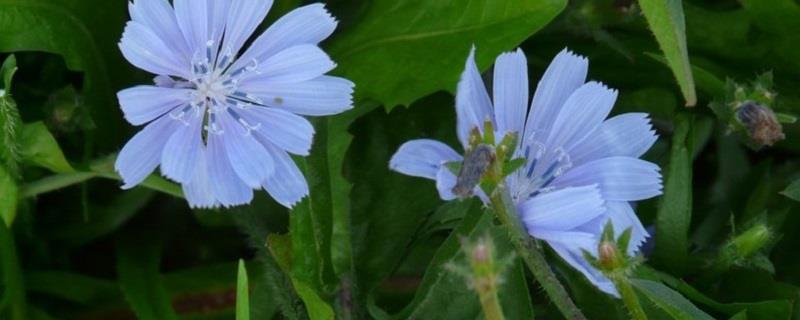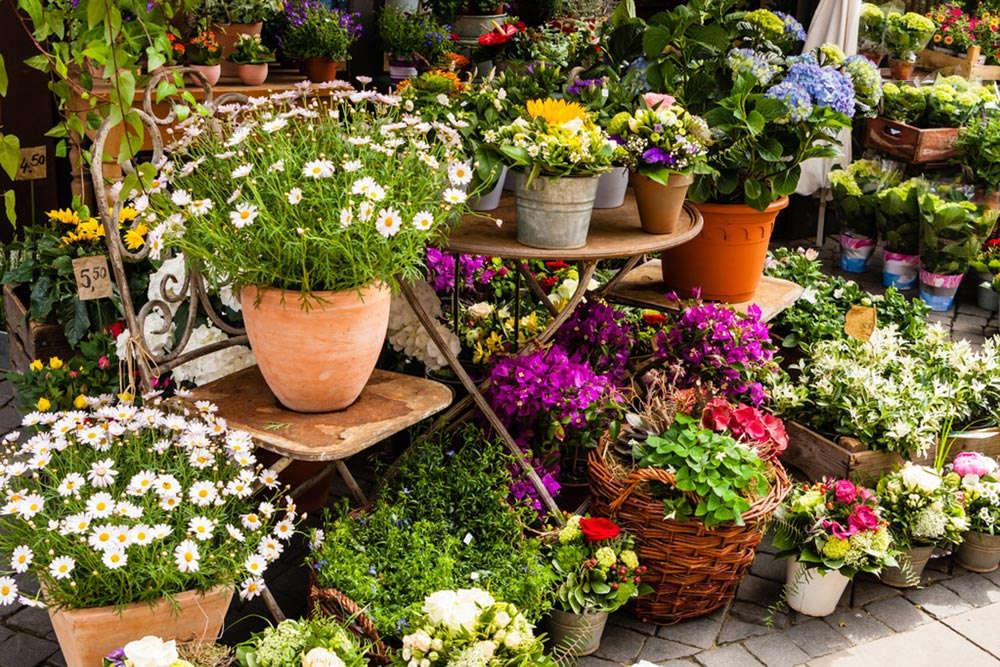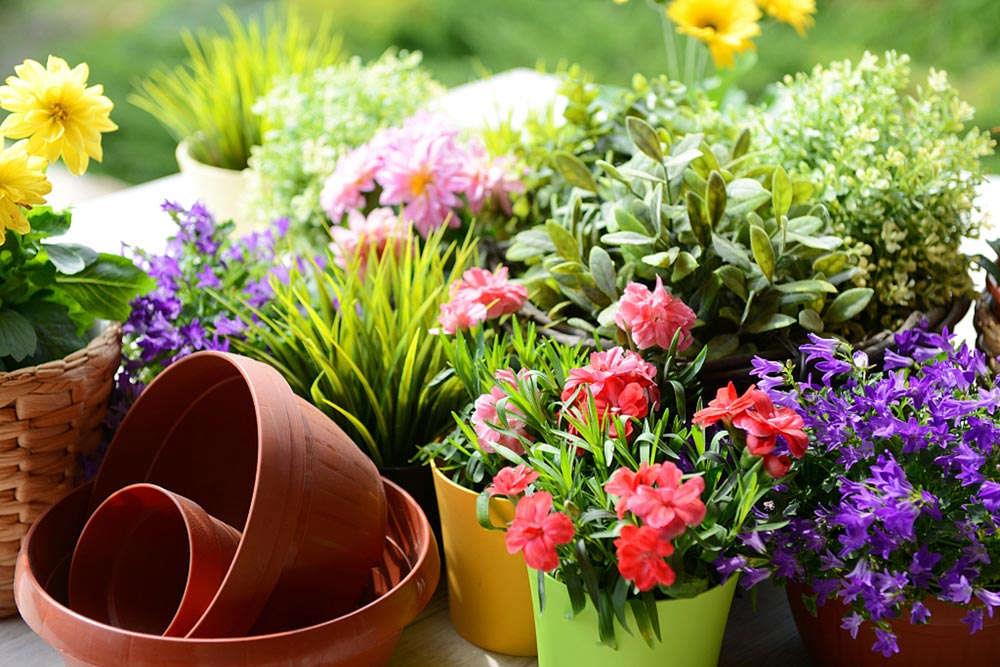How to grow chicory
Last Update :2024.05.06
Article Catalog
3. Problem diagnosis and treatment
It is a perennial herbaceous plant. The stem is upright, hollow, and very branched. Its leaves are alternate and oblanceolate in shape. It is a head-shaped inflorescence, the corolla is tongue-shaped, and the color is blue. It is widely distributed and is grown not only in many places in our country, but also in many other countries, such as Europe and North Africa.

1. Maintenance methods
1. Maintenance methods
1. Temperature: It is a variety that likes warmth and can be maintained at 15 to 25 degrees. Its distribution range also includes relatively northern areas, so its cold resistance is very good. However, an environment that is too stuffy will harm its health, so it cannot be placed in a place with poor ventilation and very high temperatures.
2. Lighting: Wild chicory will be distributed in places with sufficient sunlight, which shows that its requirements for sunlight are relatively high, so try not to let the sunlight be too weak, otherwise it will affect its growth. ,quality. If there is too much light, it is best to shade.

3. Watering: Chicory grows quickly. When the time comes, more water is needed, and it needs to be replenished in time, and it is best to water it thoroughly. But you also need to remember to drain water during the rainy season, so as not to accumulate too much water. If it is dormant, do not water it too much.
4. Fertilization: Chicory does not need much fertilizer, as long as there are sufficient nutrients in the soil, it does not require much top dressing.

2. Breeding skills
1 , Propagation: Sowing method can be used. About a week before sowing, the selected seeds need to be placed in a ventilated place to dry for a day or two, which can effectively improve the germination rate. Generally speaking, it is suitable to sow seeds from June to August. In the substrate, a certain amount of base fertilizer needs to be mixed and evenly mixed. Sowing can be done by "live broadcast". After sowing, water enough and evenly.
2. Pruning: Usually, some dry and aging leaves can be cut off in time; moreover, too dense leaves that affect ventilation and light transmission can also be cut off. Then there is the pruning of the flowers, mainly after they bloom.

3. Problem diagnosis and treatment
1 , Diseases: There is "downy mildew", which is very harmful. It is best to prevent and control it before it occurs. For example, you can spray it with chlorothalonil, about once every ten days or half a month. After it occurs, it can be treated according to Anker's classification. In addition, there may also be "rot disease", which is commonly used to prevent and treat thiophanate methyl. It is best to sterilize the seeds so that the probability of getting diseases later will be reduced.
2. Pests: There are not many pests at ordinary times, so they can be prevented in advance.

4. Other questions
1 , Toxicity: Although it tastes bitter, it is non-toxic and still a medicinal material.
2. Whether it can be raised at home: It is not an ornamental plant, and it is not very common to raise it at home.
2. Breeding skills
3. Problem diagnosis and treatment
4. Other issues
- END -
What are the flowers in summer?

There are many kinds of flowers that bloom in summer, such as lotus, jasmine, epip...
Do gardenia leaves fall off in winter? Gardenia pictures

Gardenia is an evergreen shrub. Generally speaking, it will not lose its leaves ev...